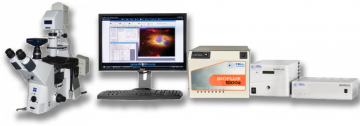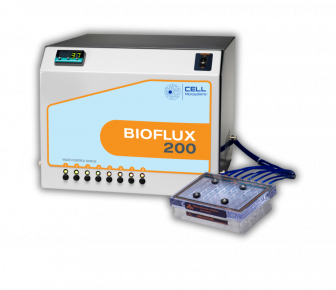Researchers investigated the platelet-independent interaction between stressed erythrocytes and ULVWFs and its consequences for microcirculation and organ function under dynamic conditions. In response to shear stress, erythrocytes interacted strongly with VWF to initiate the formation of ULVWF/erythrocyteaggregates via the binding of Annexin V to the VWF A1 domain. VWF-erythrocyte adhesion was attenuated by heparin and the VWF-specific protease ADAMTS13. In an in vivo model of renal ischemia/reperfusion injury, erythrocytes adhered to capillaries of wild-type but not VWF-deficient mice and later resulted in less renal damage. In vivo imaging in mice confirmed the adhesion of stressed erythrocytes to the vessel wall. Moreover, enhanced eryptosis rates and increased VWF binding were detected in blood samples from patients with chronic renal failure. Our study demonstrates that stressed erythrocytes have a pronounced binding affinity to ULVWFs. The discovered mechanisms suggest that erythrocytes are essential for the pathogenesis of microangiopathies and renal damage by actively binding to ULVWFs.
Read more!












